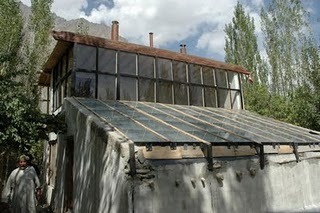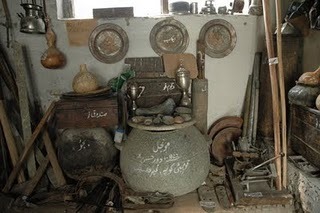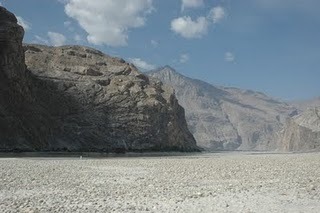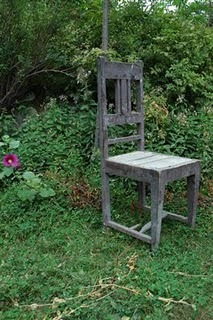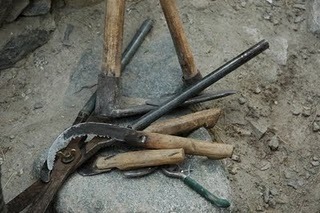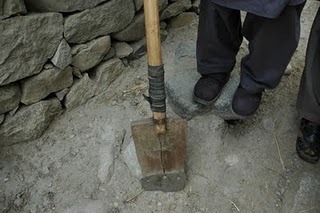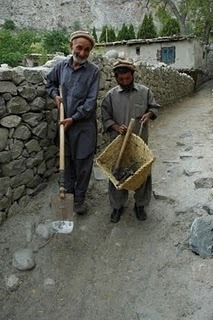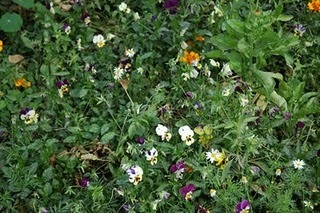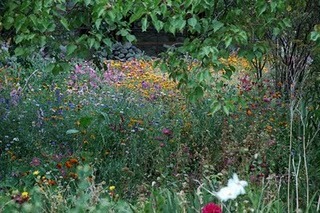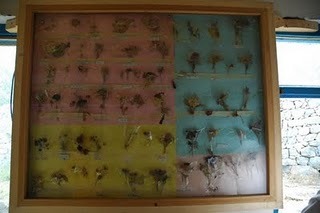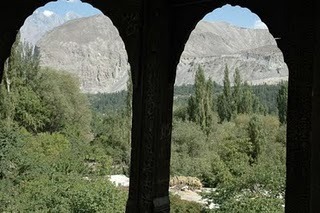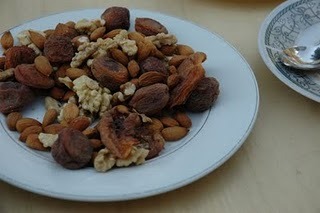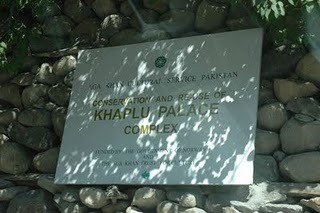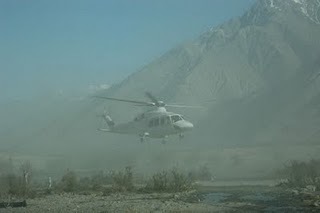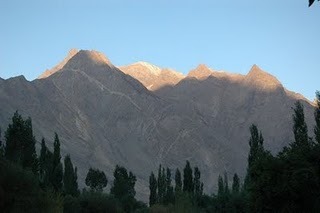Working for Agha Khan Cultural Services on the Baltit forts,
as the horticultural consultant.
First visit October 2009
Mushtaq’s solar dryer house in Saling, he’s to the left of his new house.
Mushtaq was a cook in Saudi Arabia for a number of years.
He’s now a keen gardener and has a fish farm, garden and restaurant which is
very much of his own taste. He’s drying Sea-Buckthorn berries and Apricots here, making a medicinal jam in the kitchen downstairs. The labels carry his email address.
Mushtaq’s private museum of local treasures.
Everything is directly labeled, on it’s surface.
Between Khaplu and Saling, impossible scale.
Paeony in the gardens at Khaplu fort.
This raises interesting issues about what constitutes an authentic garden here.
The mali’s and their tools.
Khaplu fort.
The garden at Khaplu
The mali’s herbarium.
All the wild flowers appear the same in this state.
Gardens at Khaplu fort. Mostly raised from imported seeds.
The structure of lack of it is what interests me.
Khaplu fort
Ceiling at Khaplu fort
Khaplu fort
Khaplu fort
Nuts and fruits at Khaplu
The Project
Landing at Shigar fort
the view from Shigar fort, dawn.
So how does this become work? Obviously diaristically, but also I am intending to undetake interviews with the local inhabitants concerning their ideas about the “garden”. There are also some interesting rumours of an english governess and the Mir’s son. This may have resulted in a disinheritance, the couple ultimately lived in the gardens of Khaplu fort. I suspect thats how a number of British plants arrived there, and are still persisting hundreds of years later.